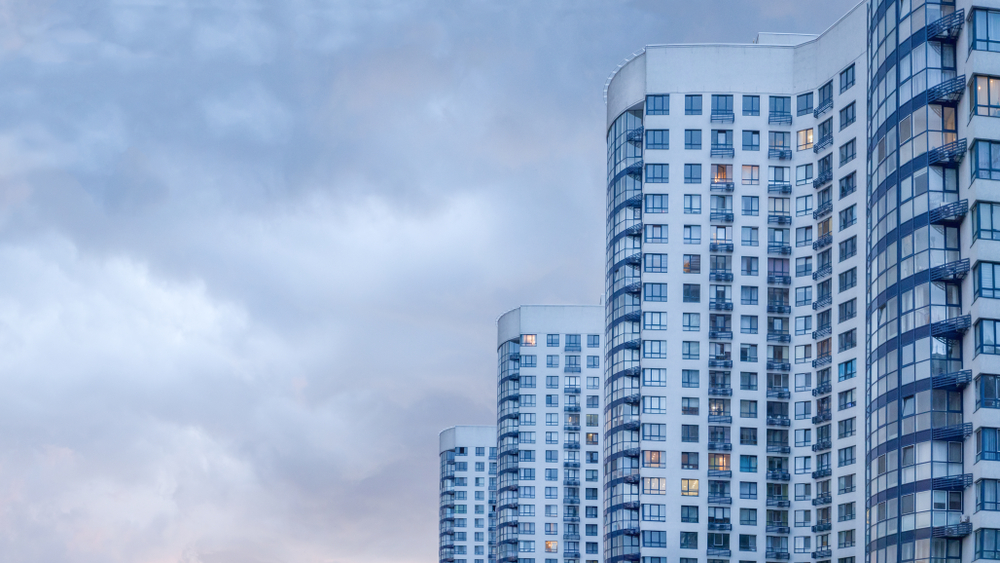The Difference Between Common Property and Owner Responsibility within an Apartment Building

If you are looking to own an apartment within a building – whether it’s for yourself or it’s an investment – it’s important to understand the difference between common property and owner responsibility. That difference affects your liabilities within the context of the building, and the costs that you might be up for.
What is common property?
In basic terms, common property within an apartment building are the things that the body corporate is responsible for the maintenance and upkeep of. Generally speaking, it’s defined as what exists outside of the apartments themselves; it’s the lobby and foyer area, the lifts, staircases, and facilities such as the gym and pool, if the building has those. It’s also the space on the roof, with more apartment blocks turning that into a common area as well, with gardens and the like for those living in the apartments to enjoy.
“common property” also applies to the access roadways into the building, the car park, any “joint walls” between apartments and any other area that is not listed as part of an apartment on the plan.
The specific definition of common property and which parts of an apartment block it entails is important, because it can affect what can be done to the space, and who is responsible for paying for it. For example, the body corporate is funded through fees leveraged on all apartment owners. If the lift needs repairing, then, the body corporate, as the responsible body, would pay for it, with all apartment owners effectively sharing the burden for the repairs.
What a body corporate is not meant to do is pay for things that only benefit one apartment. So, for example, if you’ve got a leak in an apartment, it’s unreasonable to expect someone on the other end of the building to contribute to its repairs, and the body corporate will therefore not pay for those repairs. This issue also comes up frequently with insurance matters.
Often a body corporate will only have insurance cover for property that belongs to the common property – the lifts, for example. It won’t cover personal property that has been damaged or stolen on common property, and therefore the body corporate is not in a position or accept or deny any claim made on those grounds.
What is covered by owner responsibility?
In simple terms, everything that’s within the space of an apartment is the responsibility (and ownership) of whoever owns that space, and that will not therefore be covered by the body corporate as common property. This means that the owners of the apartment are responsible for the maintenance and repairs of their own property. It also means that they’re able to renovate the space, however there are a couple of considerations here:
1) The balcony area may have restrictions, depending on whether it affects the aesthetic quality of the apartment building, or might potentially be dangerous to other apartments.
2) Living in an apartment should not affect the amenity of those in other apartments. For example, placing down hardwood floors without adequate sound insulation could be the cause of an amenity complaint, which could result in the body corporate becoming involved to demand better soundproofing within the offending apartment.
Home contents insurance will cover everything inside one of these apartments, with the owner being responsible for purchasing and maintaining an insurance policy.
Distinguishing between common property and owner responsibility
While there is the attempt to draw a clear line between what the owner’s responsibility is, and what the body corporate is responsible for, there are still times where conflict can arise, and the determination of responsibility isn’t so cut-and-dry.
One common example is mould. Mould can affect the health and well-being of individuals in an environment. It also spreads rapidly and the causes can vary greatly. Because of this, determining who is responsible for the treatment of mould can depend on what the underlying cause is, and where the initial source of the mould is.
So, for example, mould could settle into a carpet from a burst pipe, or a poorly-ventilated shower room. Once it has settled in, it can start to spread through woodwork, carpets, clothing and walls, and eventually start to impact on common areas and other apartments.
In such an event it’s often argued that the body corporate should step in and assume responsibility, however, that’s not the case. If the source of the mould comes from within an apartment, then the owner of that apartment would be responsible for its eradication, including in areas where it has spread.
If, however, the cause of the mould is located outside of the boundaries of an apartment (and, remember, the body corporate shares ownership with walls and ceilings facing common areas), then the body corporate would need to take ownership of the clean-up.
It’s important to make a clear distinction between what the common areas of an environment are, and what areas individual owners would need to take responsibility for. The more vague the distinction, the more conflict will arise whenever there is the need to conduct repairs or maintenance within the building.
As one of Australia’s leading body corporate managers, at Strata Data we love building better communities. We’re committed to making it easy for body corporates to manage their properties with tailored options and sound advice. Contact us to arrange a free proposal today.



